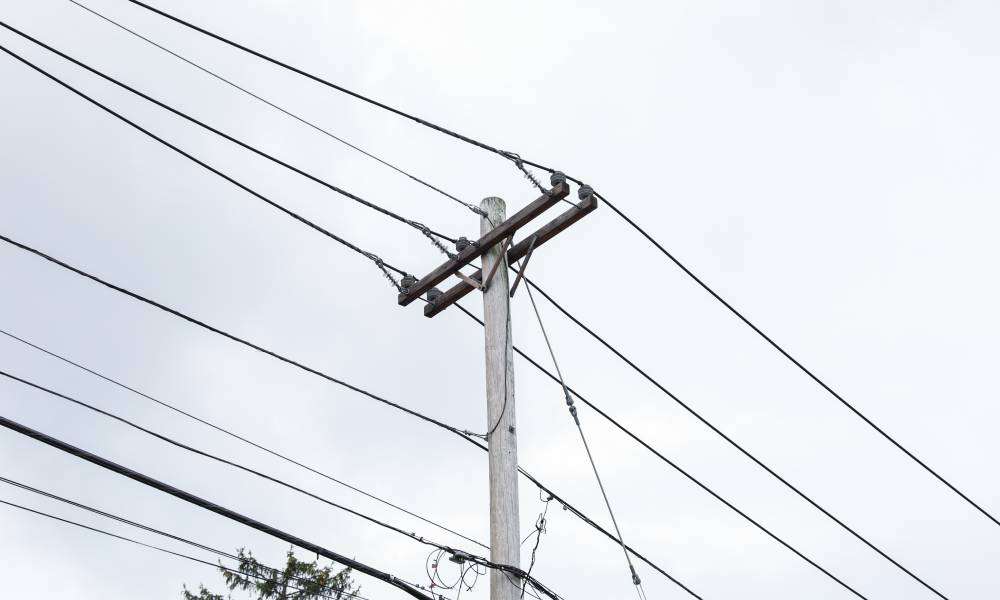

Utility poles are so common that they often go unnoticed in our daily lives. Still, they are fascinating for their functionality, history, engineering, and environmental considerations. Explore some facts you probably didn’t know about utility poles.
The first telegraph poles appeared in the 1840s, revolutionizing communication by allowing messages to travel vast distances almost instantaneously. These poles became more common with the advent of the telephone in the latter part of the 19th century. As electricity became widespread, utility poles evolved to support power lines, bringing electric light and power to homes and businesses across the globe.
Wood remains the most common material for utility poles, especially in North America, where species like pine, cedar, and fir are ideal for their strength and resilience. Utility poles undergo rigorous treatment to become resistant to pests, fungi, and environmental factors. Other poles are made from materials like iron and concrete. Utility poles in areas prone to wildfires are made with materials that increase resistance to wildfires.
Utility poles may look simple, but their design involves complex engineering. Each part of the pole serves a purpose, from supporting wires to protecting the system from electrical surges. Engineers must consider the following:
Utility poles also involve a human element. The skilled professionals who install and maintain these poles must undergo extensive training to handle the complexities and dangers of working with high-voltage electricity. Their work ensures our homes and businesses remain powered, our phones stay connected, and our communities function smoothly.
Utility poles are more than wooden or concrete posts. Next time you see one of these structures, think about these facts you previously didn’t know about utility poles. With their history and current feats in mind, you’ll appreciate their presence.
A business can develop in many ways. One of the best ways to grow your…
American families are once again juggling the seasonal custom—and financial burden—of back-to-school shopping as the…
Want to bond over unexpected activities? Look at these unconventional ways to connect with your…
Burnout isn’t just something that happens to CEOs. For moms homeschooling littles, it’s a very…
When it comes to long-distance motorcycling, comfort, reliability, and smart engineering can make or break…
Flowers have seen significant transformation over time; online flower shopping is increasingly common now for…